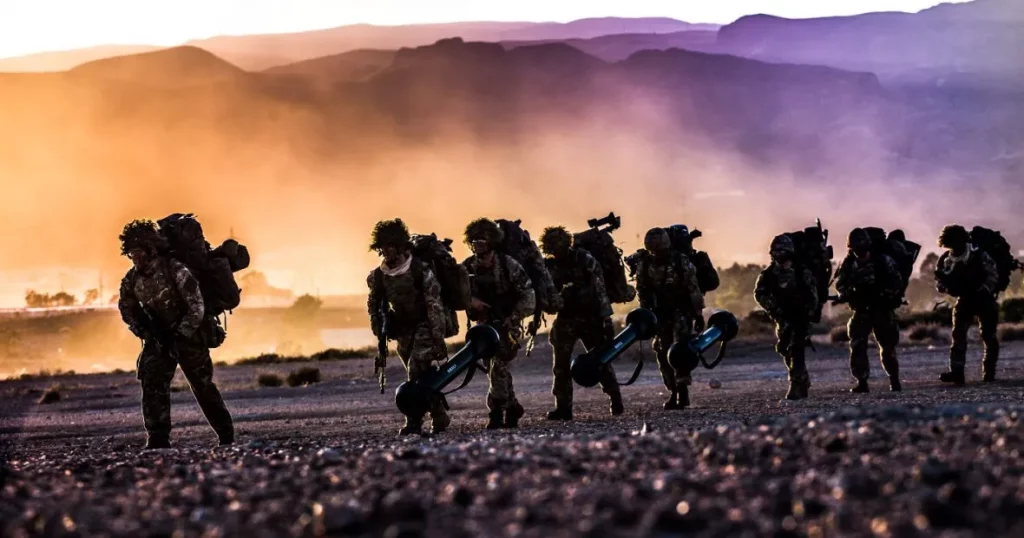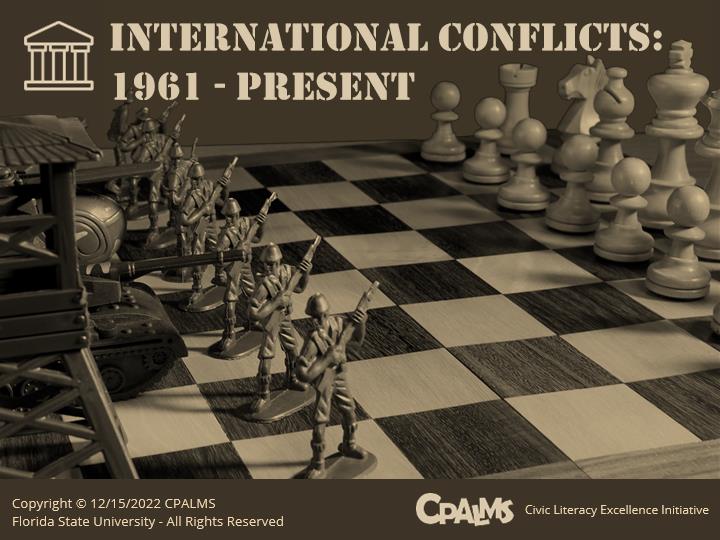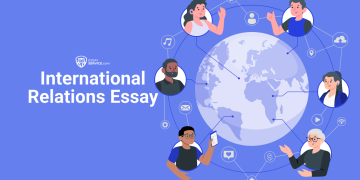Introduction: A World at Persistent War
Despite unprecedented levels of economic interdependence and global governance frameworks, the 21st century continues to witness devastating conflicts—from prolonged wars in the Middle East and Africa to escalating tensions in Eastern Europe and the South China Sea. These conflicts are rarely caused by a single factor. Instead, they emerge from a complex interplay of historical grievances, territorial disputes, resource competition, ideological rivalries, and security dilemmas.
Understanding the geopolitical roots of contemporary conflicts is critical for devising sustainable solutions. It requires a multidimensional analysis that integrates historical, cultural, economic, technological, and institutional factors.
I. Theoretical Perspectives on Geopolitics and Conflict
1. Classical Geopolitics
Early geopolitical theorists such as Halford Mackinder and Alfred Mahan emphasized the strategic importance of geography—land power versus sea power—in shaping state rivalry. While their ideas were conceived in an age of empires and navies, the logic of controlling critical regions (like the Heartland of Eurasia or key maritime chokepoints) continues to influence modern security policies.
2. Realism and Power Politics
The Realist school of International Relations argues that states operate in an anarchic global system where survival depends on relative power. Conflicts arise when there is a shift in the balance of power or when states pursue expansion to ensure their security. The ongoing tensions between the U.S. and China, or between NATO and Russia, reflect realist dynamics of security competition.
3. Liberal and Institutional Perspectives
In contrast, liberal theories highlight the role of institutions, norms, and economic interdependence in mitigating conflict. While the post–World War II liberal order created unprecedented peace among major powers, its limitations are evident in regions where institutions are weak or contested.
4. Constructivist Insights
Constructivism brings attention to the role of identity, ideology, and historical narratives. Nationalist myths, religious symbolism, and collective memories often shape perceptions of threat and legitimacy, making some disputes intractable even in the face of rational compromise.
II. Historical Legacies: Borders, Empires, and Unresolved Grievances
1. Colonial Legacies
Many current conflicts stem from artificial borders drawn during colonial times without regard for ethnic, linguistic, or cultural realities. In Africa and the Middle East, the arbitrary boundaries imposed by European powers have left legacies of fragmented societies and recurring civil wars.
2. Cold War Rivalries
The Cold War turned many local disputes into proxy wars, fueling militarization and deepening ideological divides. Even after 1991, the political and security institutions shaped during that era continue to affect regional dynamics—from NATO’s eastward expansion to enduring hostilities in Korea.
3. Post–Cold War Transitions
The disintegration of the Soviet Union created new states but also left unresolved territorial questions—such as Crimea, Nagorno-Karabakh, and Transnistria—while weakening the mechanisms that had previously kept some conflicts frozen.
4. Religious and Ethno-Nationalist Divides
Deep-rooted religious and ethnic identities—sometimes suppressed under imperial or communist regimes—reemerged forcefully after political transitions, contributing to violence in the Balkans, the Caucasus, and parts of South Asia.
III. Regional Hotspots and Geopolitical Flashpoints
1. Eastern Europe and the Russia–West Confrontation
The 2014 annexation of Crimea by Russia and the 2022 escalation into a full-scale war in Ukraine highlight the clash between Russia’s pursuit of a sphere of influence and NATO’s eastward integration. The region epitomizes the tension between security imperatives and norms of sovereignty.
2. The Middle East: Sectarian and Geostrategic Rivalries
The Middle East remains plagued by conflicts that blend sectarian divides (Sunni–Shia), competition for oil and water resources, and external interventions. Civil wars in Syria and Yemen, and the enduring Israeli–Palestinian conflict, demonstrate how regional and global powers intersect in perpetuating instability.
3. The Indo-Pacific and the Rise of China
The strategic shift toward the Indo-Pacific reflects China’s growing economic and military power, its assertive territorial claims in the South China Sea, and concerns among neighboring countries and the United States about freedom of navigation and regional dominance. The Taiwan Strait remains one of the most sensitive flashpoints.
4. Africa’s Resource and Governance Conflicts
In Africa, a combination of weak state institutions, competition over natural resources (such as coltan and oil), and external geopolitical interests has fueled conflicts from the Sahel to the Horn of Africa. Climate change exacerbates these tensions by intensifying struggles over arable land and water.
IV. The Economic and Technological Dimensions of Conflict
1. Energy Geopolitics
The control and transit of energy resources—oil, natural gas, rare earth minerals—remains a major source of interstate rivalry. Russia’s use of energy as leverage in Europe, and disputes over pipelines in Central Asia and the Eastern Mediterranean, illustrate the persistent link between resource politics and conflict.
2. Trade Wars and Economic Coercion
In an era of globalized supply chains, economic statecraft—including sanctions, export controls, and investment restrictions—has become a primary instrument of geopolitical competition. The U.S.–China trade and technology conflict exemplifies how economic tools can escalate strategic rivalries.
3. Cyber Warfare and Information Conflicts
The digital domain has emerged as a new frontier of conflict. Cyberattacks on critical infrastructure, election interference, and information manipulation are now central elements of power competition, blurring the line between war and peace.
4. Emerging Technologies: AI and Autonomous Weapons
Artificial intelligence and autonomous military systems could disrupt traditional deterrence dynamics, increasing the risks of miscalculation. The absence of global norms for governing these technologies amplifies strategic uncertainties.

V. Humanitarian Consequences and Global Security Governance
1. Human Costs
International conflicts today often blur the boundaries between combatants and civilians, leading to mass displacement, famine, and public health crises. The global refugee population surpassed 110 million in 2023, underscoring the human toll of protracted wars.
2. The Role of International Organizations
Institutions such as the United Nations, the International Criminal Court, and regional organizations (AU, ASEAN, EU) strive to mediate conflicts and deliver humanitarian assistance. Yet their effectiveness is often limited by the veto power of major states, resource constraints, and contested legitimacy.
3. Peacekeeping and Mediation Challenges
While UN peacekeeping missions have contributed to stabilizing some post-conflict regions (e.g., Liberia, Sierra Leone), they struggle in active conflict zones where hostilities remain intense or where great power rivalries paralyze Security Council action.
4. Need for Multilateral Security Architecture
The increasing interdependence of economic, environmental, and security risks highlights the urgency of strengthening multilateral security arrangements. Reforming existing institutions and building trust between rival powers remain central to preventing future conflicts.
VI. Prospects for Conflict Management in a Fragmented World
1. Great Power Rivalry and Multipolarity
The shift from U.S. unipolarity to a more multipolar world order complicates consensus-building. Regional powers (India, Turkey, Brazil, Saudi Arabia) are asserting their strategic autonomy, sometimes mediating conflicts, but also pursuing their own interests.
2. Regionalization of Conflict Resolution
Conflict resolution increasingly relies on regional frameworks and localized negotiations. For example, the African Union has played key roles in peace processes in Ethiopia and Sudan.
3. The Role of Civil Society and Digital Diplomacy
Grassroots movements, transnational NGOs, and even social media platforms contribute to conflict awareness and peace advocacy. The emergence of digital diplomacy—online negotiations, humanitarian fundraising, and citizen reporting—adds new tools but also new vulnerabilities.
4. Climate Change as a Threat Multiplier
Rising sea levels, desertification, and water scarcity are projected to intensify existing disputes and create new sources of displacement and conflict. Addressing climate change is increasingly recognized as integral to global peace and security strategies.
Conclusion: Navigating Toward a More Stable Order
The roots of contemporary conflicts lie in enduring geopolitical rivalries, historical grievances, and the uneven distribution of power and resources.
While technological progress and economic interdependence offer opportunities for cooperation, they also generate new forms of competition.
Lasting peace will require:
- Renewed commitment to inclusive multilateralism;
- Recognition of the legitimacy and security concerns of all parties;
- Integration of humanitarian and environmental priorities into conflict resolution frameworks;
- Greater investment in early-warning systems, preventive diplomacy, and equitable economic development.
The challenge of the 21st century is not to eliminate conflict entirely—an unlikely prospect in human affairs—but to manage it in ways that prevent catastrophic wars and protect human dignity.

















































